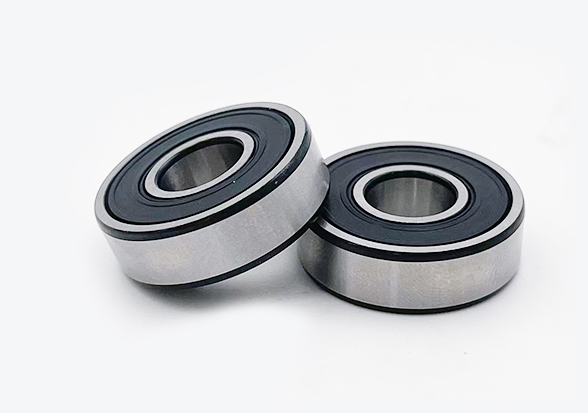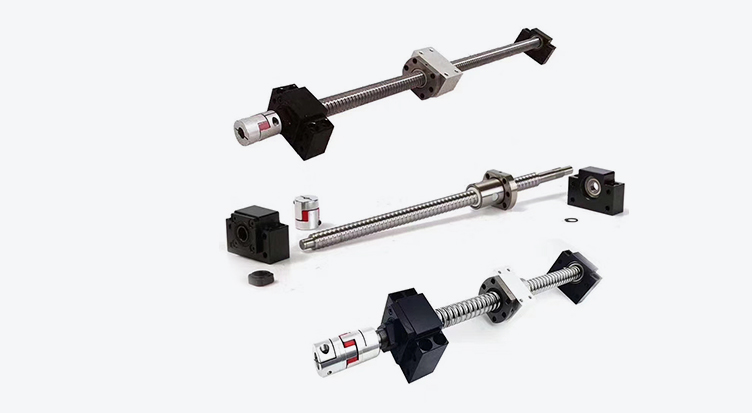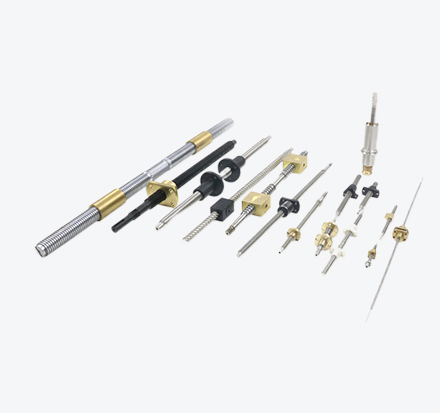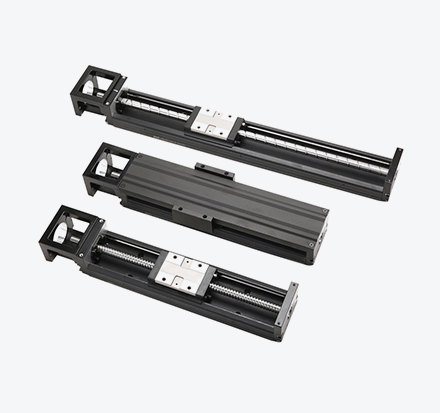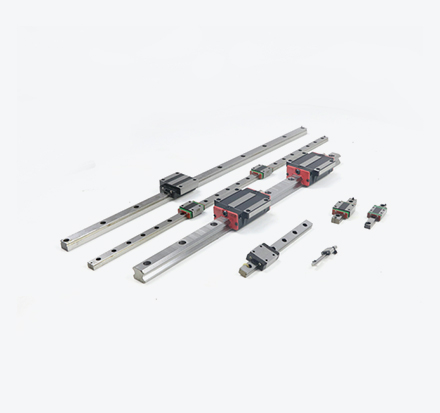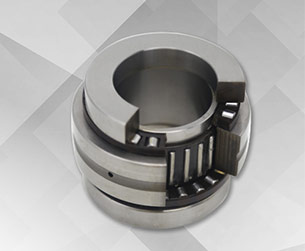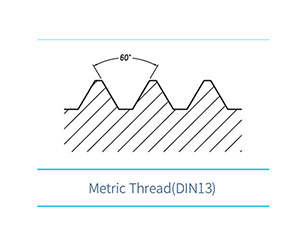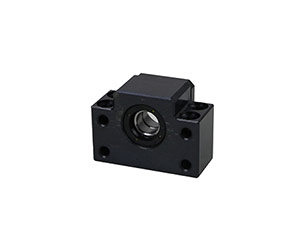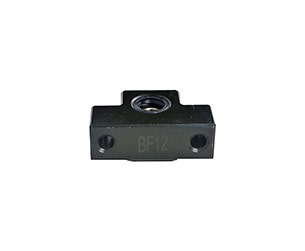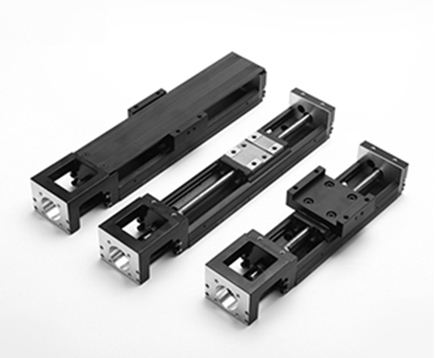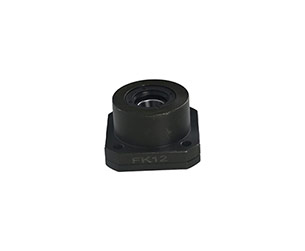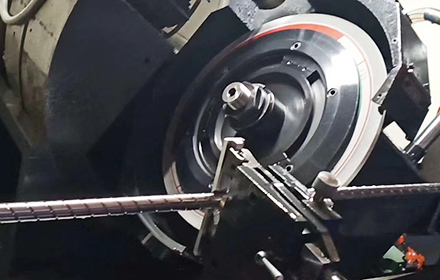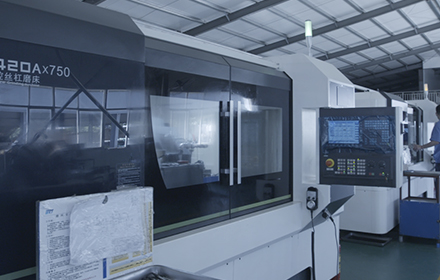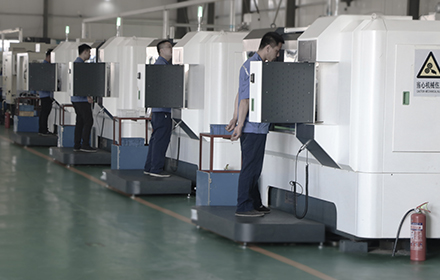English units: It is a system of measurement used in English-speaking countries such as Britain and the United States. Due to various historical reasons, the units of the English system are quite complex. The English unit of length is 1 inch = 25.4 millimeters; the English unit of weight is 1 pound = 0.45392 kilograms.
Metric system: also known as the "meter system," is an international system of measurement. Metric units are calculated in millimeters, while English units are calculated in inches.
Understanding of metric thread and acme thread
There are common threads (tooth type angle of 60°), trapezoidal threads (tooth type angle of 30°), serrated threads (tooth type angle of 33°), square threads, and other metric threads. The metric thread is composed of the letters "M," "nominal diameter X pitch," and "rotation." The coarse tooth pitch of the common thread is not indicated in the thread code, but the fine tooth pitch must be indicated. The right-hand common thread does not indicate "right " in the thread code but "left " must be indicated for left-hand threads. For example, M24X3 represents a coarse-toothed right-hand common thread with a nominal diameter of 24mm and a pitch of 3mm. "M24X1.5 left" represents a fine-toothed common thread with a nominal diameter of 24mm, a pitch of 1.5mm, and a left-hand direction.
Acme thread is designated according to nominal size and teeth per inch. The thread size is marked with English units, and divided into cylindrical and conical shapes; There are two kinds of tooth shape angles, 55° and 60°. The marks 1/4, 1/2, and 1/8 in the thread indicate the diameter of the thread size in inches. The thread size is usually referred to using "points." One inch is equal to eight points, 1/4 inch is 2 points, and so on.
The metric thread units are in millimeters, while the acme thread units are in inches. The metric thread is expressed in pitch, while the American and acme threads are expressed in the number of teeth per inch. This is their biggest difference. The metric thread is a 60-degree equilateral tooth type, while the acme thread is a 55-degree isosceles tooth type, and the American thread is a 60-degree.
How to distinguish between acme thread and metric thread?
The tooth type angles are different. You can use a thread gauge to measure the thread. The tooth type angle of a common metric thread is 60 degrees, while the tooth type of an acme thread is generally 55 degrees (but acme threads also have 60-degree teeth).
You can use a metric nut to test the screw, and if it can be screwed in, it is a metric screw. As most people know, the size of metric screws in the national standard is generally an integer, such as M3, M4, M6, etc., while the representation of English screws is different, such as 3/16, 3/8, 5/12, 1/8, etc. One inch is equal to 8 centimeters, and 1 inch equals 25.4mm in metric units.
Appearance: acme threads have deeper teeth and larger tooth spacing than metric threads.
Measure the pitch, and the size of the metric thread is generally an integer (or can be divided by 5).
 English
English
